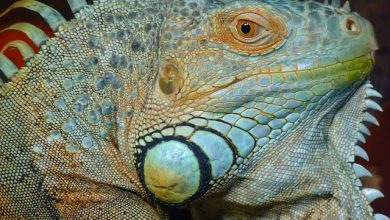How to Breed Your Own Isopods: Part 2

A few weeks ago I talked about how to set up a breeding terrarium for your isopods in âHow to Breed Your Own Isopods: Part 1â. Now itâs time to get to the really fun part – adding the isopods to the terrarium.
Hereâs what you need to know about isopod species, caring for them, and breeding them.
Select the species of isopods you want in the habitat
If youâre planning to breed isopods, it makes sense to have multiple habitats for the different species. It makes breeding and separating the isos by age groups easier. Of course, if you only want to breed one variety, then you can get away with only building one iso breeding habitat.
Here are some of the species you may find:
- Giant orange isopods (porcellio laevis)
- Montenegro or âclownâ isopods (armadillidium klugii)
- âParty mixâ isopods (nambia capensis)
- Zebra isopods (armadillidium maculatum)
- Zevilla isopods (porcellio sp.)
- And many more species
You can find a variety of isopod species for sale at The Tye-Dyed Iguana.
Most isopods require the same habitat and care regardless of species, though there are some variations. For instance, some isopods can tolerate slightly drier environments, but overall they require moisture. And because they come in different sizes, some will need more food sources per iso than smaller species.
Once you have the isopods you want, you simply release them into the habitat you built in part one of this article. They will immediately start hiding in the substrate. If the isopods you buy come with substrate in their container, you can just mix that right in with the substrate in the habitat.
Know what they eat
In a bioactive environment, you really donât need to provide any additional food for isopods. However, the breeding habitats that part one covers are not a bioactive environment because the isos are not sharing the terrarium with any other living animals or plants. So that means youâll need to supplement their diet.
The leaf litter that you add to the substrate mix is actually one food source for the isos. Leaf litter should be constantly available and refreshed as it runs out. But to ensure full nutrition, you should also add nutrient-rich foods to the habitats about twice a week.
Good options include prepared foods that come with extra nutrients, such as Repashy Morning Wood, fresh fruits, fresh vegetables and freeze-dried shrimp. Be careful not to leave too much food in the enclosure so you donât end up with gnats.
Providing for maintenance and breeding
Isopods are super easy to take care of. Aside from keeping them in leaf litter and occasionally providing more nutritional foods, youâll need to mist their enclosure about every day to every other day to maintain at least 60 percent humidity. They donât need a separate water source.
As for breeding, the isos take care of that themselves, and as your colony grows, you can transfer some of the isopods to bioactive terrariums as custodian inhabitants.
Check out the isopods we carry at The Tye-Dyed Iguana.



